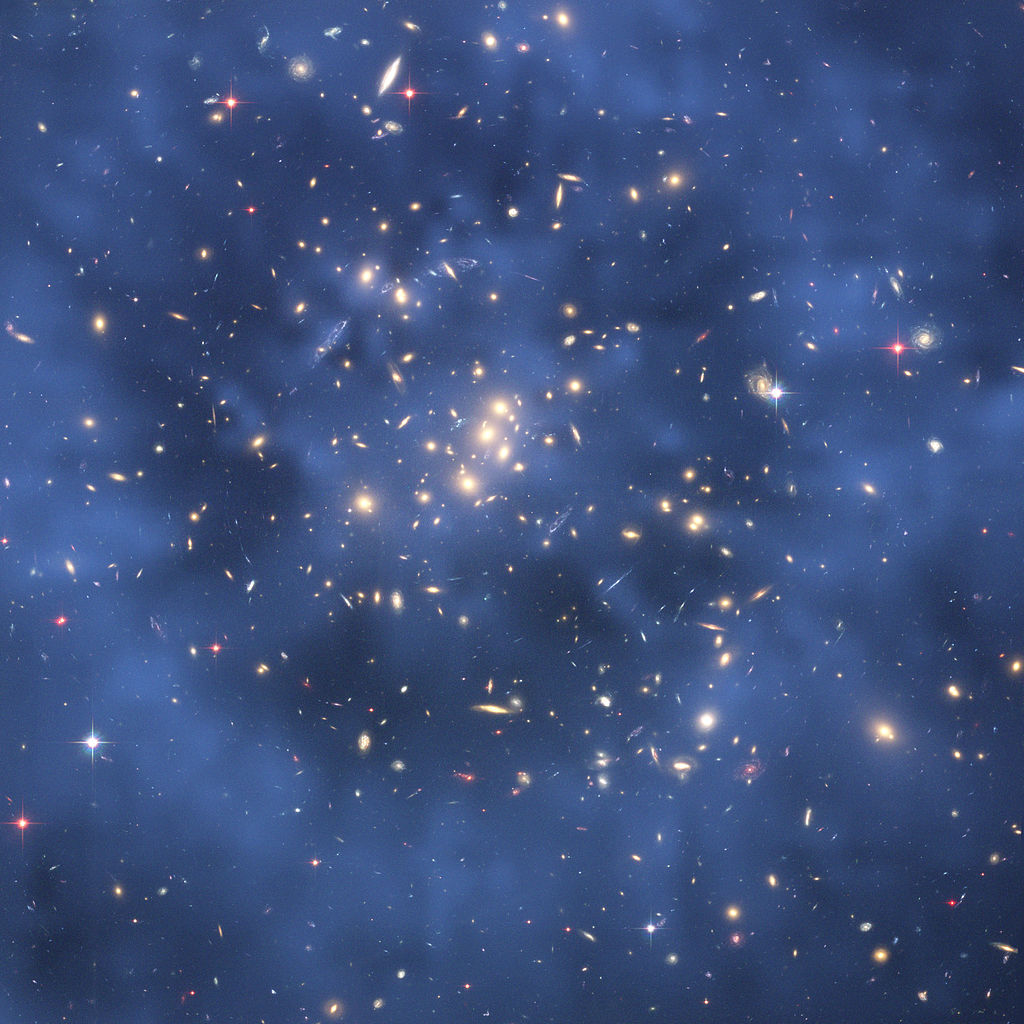
New findings provide more evidence that indicates the existence of so-called “Dark Matter”. The matter remains dark, or rather invisible, but these new findings at the center of our galaxy provide more compelling evidence for its existence.
Dark Matter
Dark matter was first presented during the 1970s when new techniques were developed to measure the rotational speed of gas and stars in the Universe. And since these measurements did not correspond to known physics – the idea of Dark Matter was presented.
Its existence and properties have remained as such since, that is, invisible but confirmed when its inferring gravitational effects affects visible matter, radiation and the large-scale structures in the Universe.
Based on our present models it is about five times more abundant than ordinary matter composed of protons, electrons, and neutrons (and their building blocks). The standard model of cosmology indicates that the total mass–energy of the known universe contains 4.9% ordinary matter, 26.8% dark matter and 68.3% dark energy.
Inner and Outer Parts
Now, researchers based in Madrid, Stockholm and Amsterdam have fund evidence for its existence in the innermost part of the Milky Way. When previously its existence has only been confirmed for the outer parts of the galaxy. As when Dark Matter was first detected, now again the mathematical models did not correspond to “real world” measurements by the researchers of rotations at the galactic center.
Until now it has been much more difficult to establish the presence of dark matter in the innermost regions compared to the outer parts. This is due to the difficulty of measuring the rotation of gas and stars with high enough precision based on our own solar systems position in the Milky Way. The researchers, therefore, developed new methods to measure the distribution of dark matter in the center of the galaxy with much greater accuracy than previous methods.
Miguel Pato at the Department of Physics, Stockholm University explained in a press release; “In our new study, we obtained for the first time a direct observational proof of the presence of dark matter in the innermost part of the Milky Way. We have created a complete compilation so far of published measurements of the motion of gas and stars in the Milky Way and compared the measured rotation speed with that expected under the assumption that only luminous matter exists in the Galaxy. The observed rotation cannot be explained unless large amounts of dark matter exist around us, and between us and the Galactic center”.
“Our method will allow for upcoming astronomical observations to measure the distribution of dark matter in our Galaxy with unprecedented precision. This will permit to refine our understanding of the structure and evolution of our Galaxy, and it will trigger more robust predictions for the many experiments worldwide that search for dark matter particles. The study, therefore, constitutes a fundamental step forward in the quest for the nature of dark matter”, Pato adds.
These new methods will undoubtedly be helpful for future astronomical observations to improve our understanding of our galaxy structure and its evolution.
The paper “Evidence for dark matter in the inner Milky Way” has been published in Nature Physics.
_______________
Evidence for dark matter in the inner Milky Way
______________________________

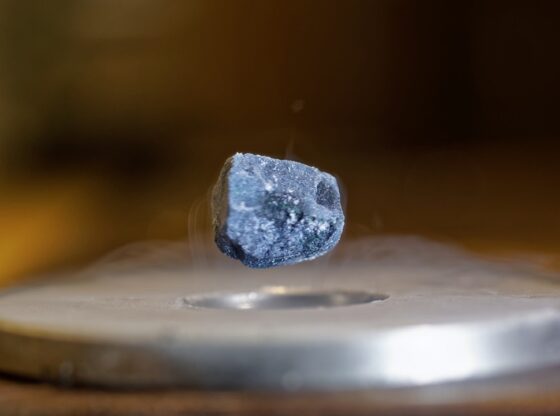

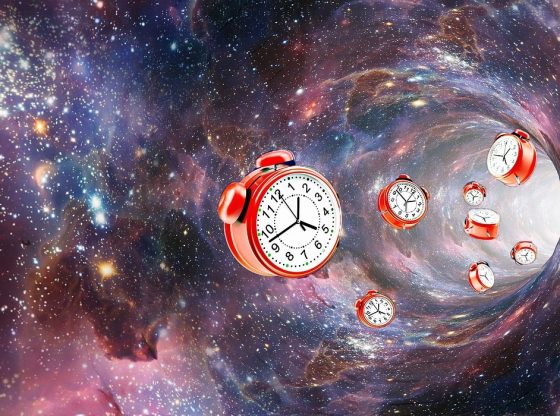



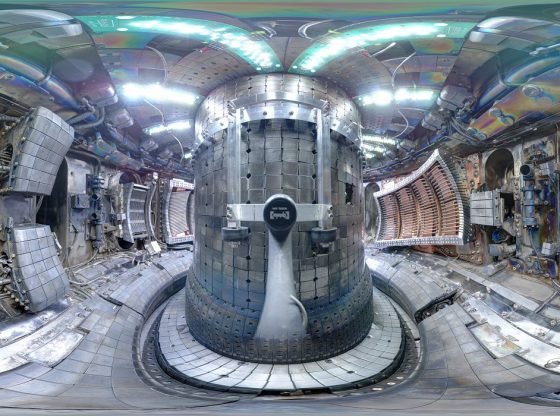
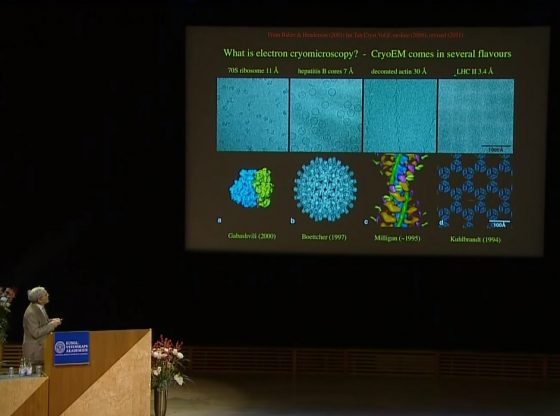
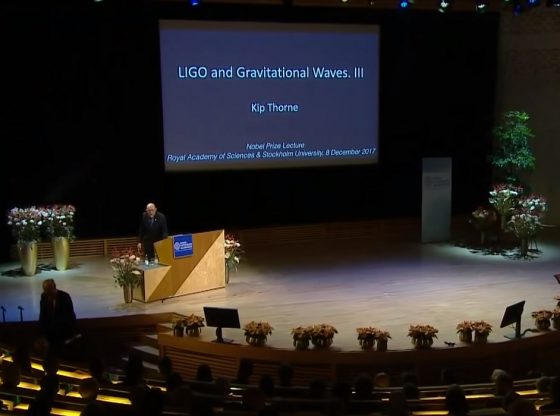

![OpenAI. (2025). ChatGPT [Large language model]. https://chatgpt.com](https://www.illustratedcuriosity.com/files/media/55136/b1b0b614-5b72-486c-901d-ff244549d67a-350x260.webp)
![OpenAI. (2025). ChatGPT [Large language model]. https://chatgpt.com](https://www.illustratedcuriosity.com/files/media/55124/79bc18fa-f616-4951-856f-cc724ad5d497-350x260.webp)
![OpenAI. (2025). ChatGPT [Large language model]. https://chatgpt.com](https://www.illustratedcuriosity.com/files/media/55099/2638a982-b4de-4913-8a1c-1479df352bf3-350x260.webp)








